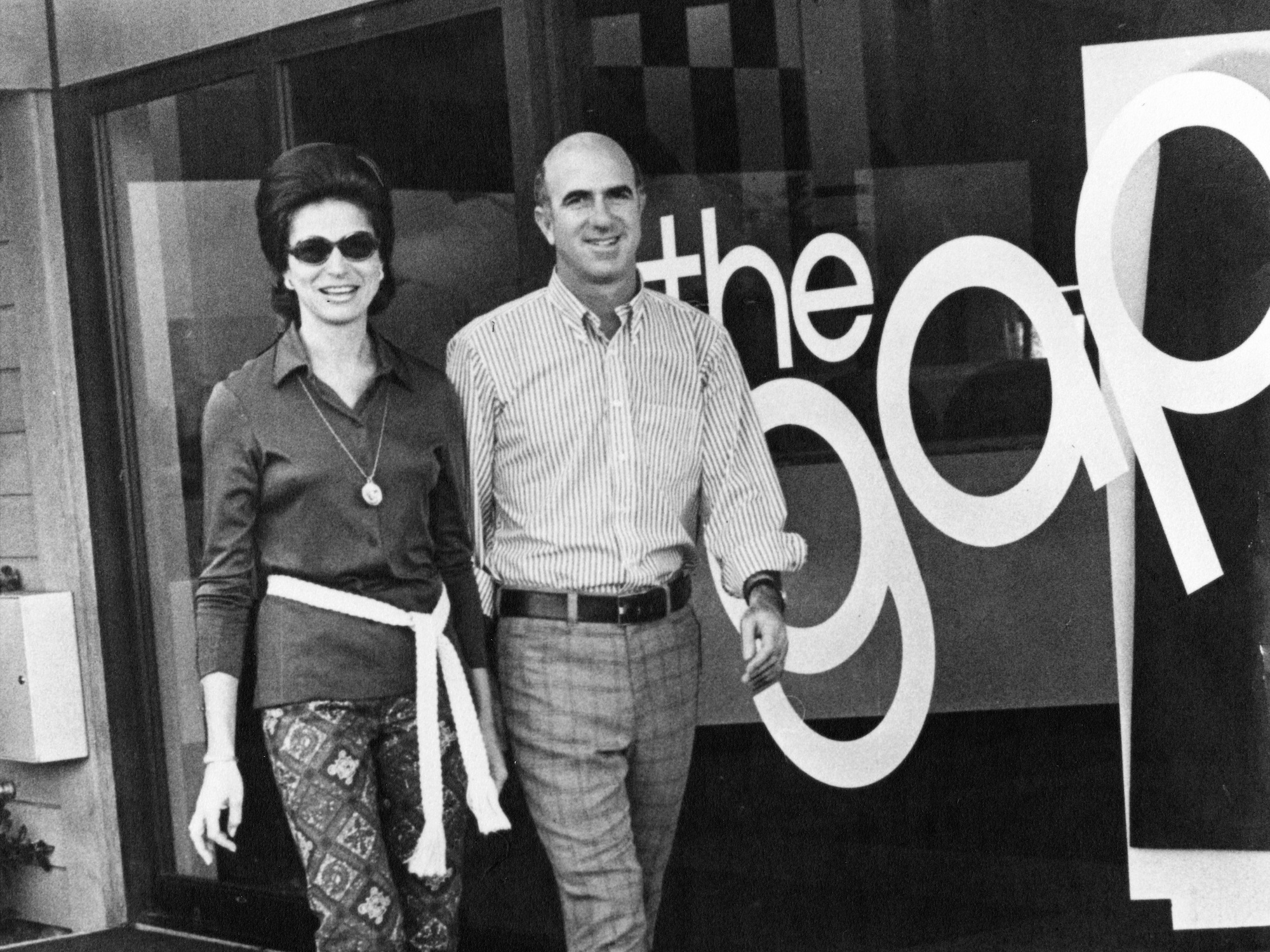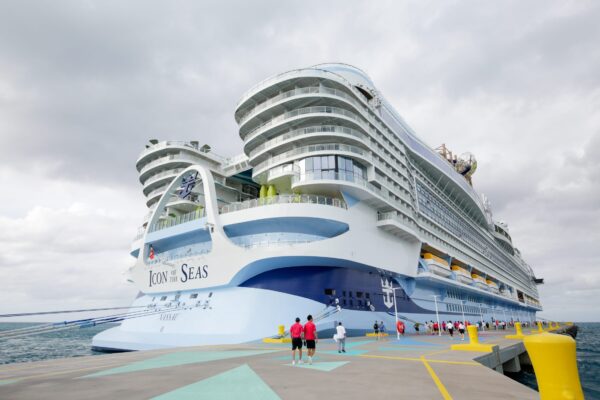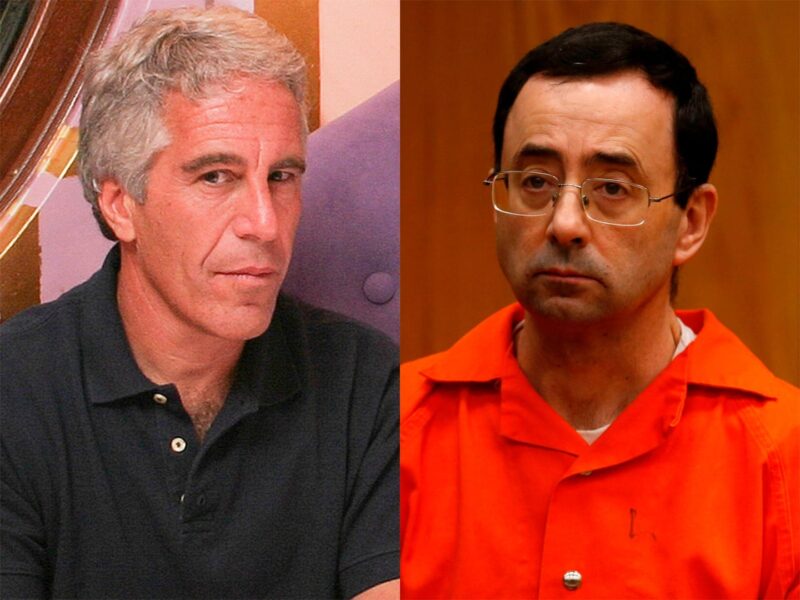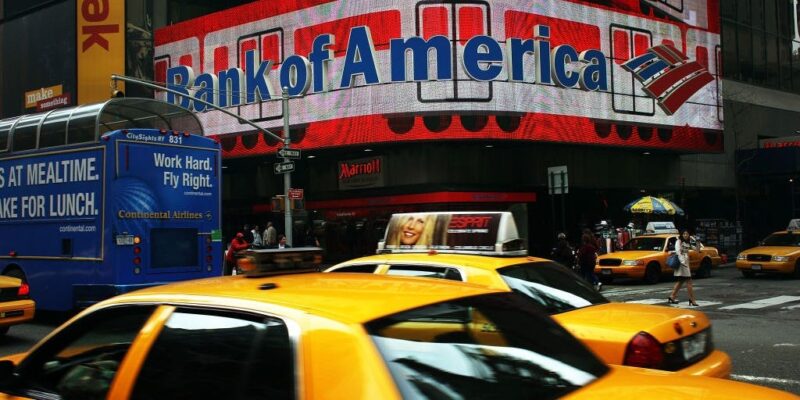- Gap, the largest specialty retail company in the US, was once one of America’s most beloved apparel retailers, known for its laid-back basics and classic denim.
- The company is now struggling to stay afloat amid a consistent sales decline and recent executive transitions, including the sudden departure of CEO Art Peck earlier this month.
- Here’s the story of the company’s rise to mall brand darling and eventual fall from grace.
- Visit Business Insider’s homepage for more stories.
When Gap announced earlier this month that its CEO, Art Peck, was unexpectedly stepping down from the company, it was just the latest sign of an uncertain future for the retailer in a year filled with sales woes and business missteps.
The sudden executive shakeup came hand-in-hand with a report of particularly disappointing third-quarter sales, including a 4% year-over-year drop in comparable sales across the entire Gap brand portfolio. Its namesake Gap brand saw the largest decline, with a 7% dip in comparable sales, while Old Navy and Banana Republic sales sank by 4% and 3%, respectively.
For decades, Gap was one of the most beloved retailers in the US and an emblematic part of American fashion and style. With its laid-back classics and iconic denim, the company became the go-to destination to obtain the effortless jeans-and-T-shirt look at an accessible price. Its vibrant marketing campaigns brimmed with catchy jingles and popular celebrities, and for a period in the 1990s and early 2000s, it was impossible to walk down the street without seeing a Gap-logo sweatshirt.
However, the retailer has been caught in an uphill battle for relevance in an era where mall brands continue to lose their luster, falling behind trendy e-commerce sites and direct-to-consumer brands. Gap suddenly went from basic to bland, and now even bright spots like Old Navy may be losing their footing.
Though Gap still remains the largest specialty retail company in the US - in addition to its namesake company and Old Navy, it also operates Banana Republic, Athleta, Intermix, Janie & Jack, and Hill City - whether it will be able to weather the storm remains to be seen. In the meantime, we took at look at Gap's humble beginnings of selling Levis and records, through its meteoric rise across America to its eventual fall.
Gap was started by Doris and Don Fisher in San Francisco in 1969.
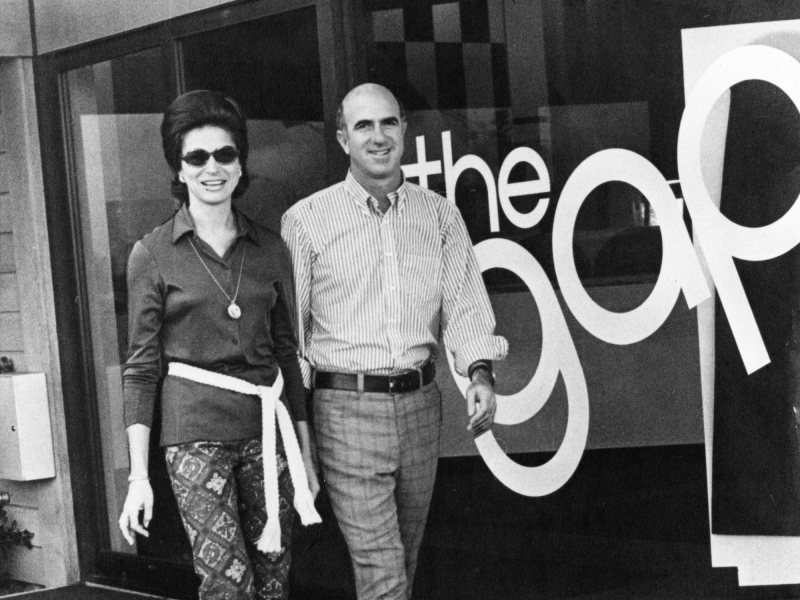
The reason for starting the store was "simple," according to the Fishers - Don couldn't find a pair of jeans that fit him correctly.
Source: Gap
Together, the Fishers raised more than $60,000 to open their own store on Ocean Avenue. The name is a reference to the concept of the generation gap.
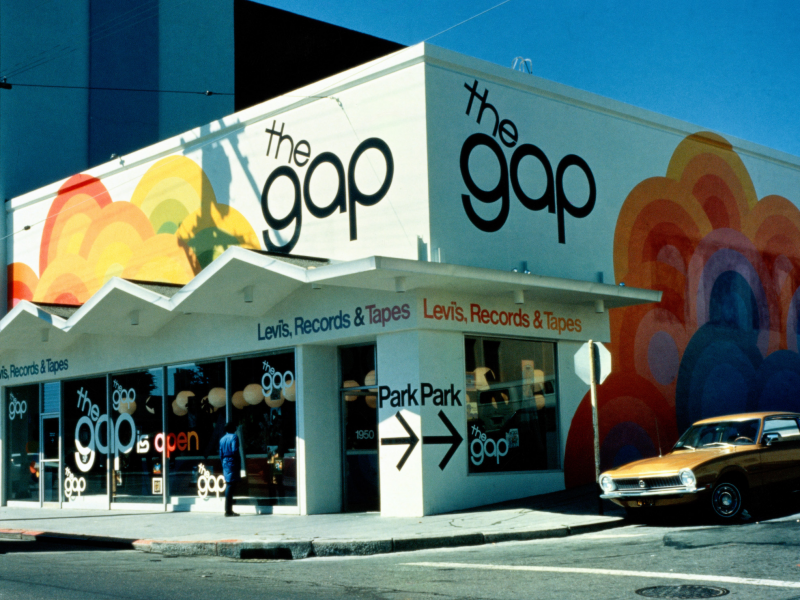
Source: Gap, Culture Trip
The first Gap store primarily sold Levis and records.
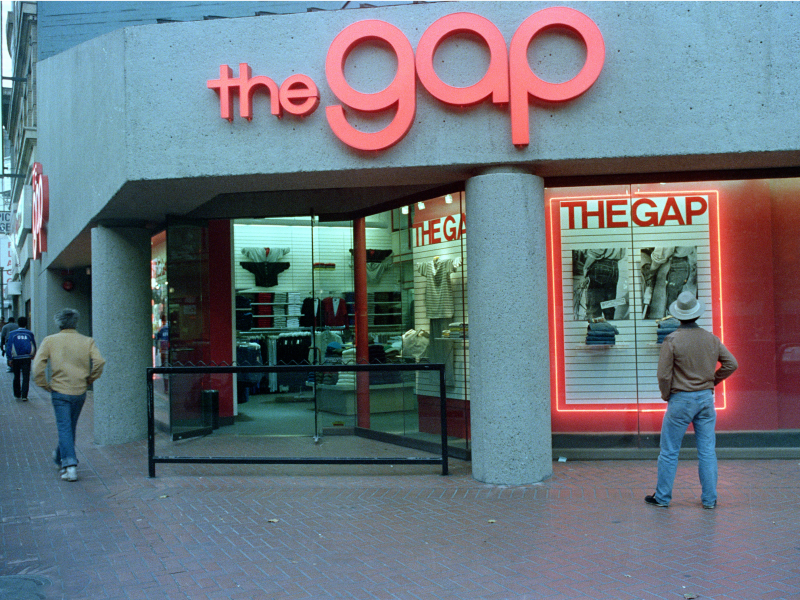
Source: Culture Trip
Gap's popularity exploded. The next year, the Fishers opened a second store in San Jose and then established a company headquarters in Burlingame, California, in 1971.
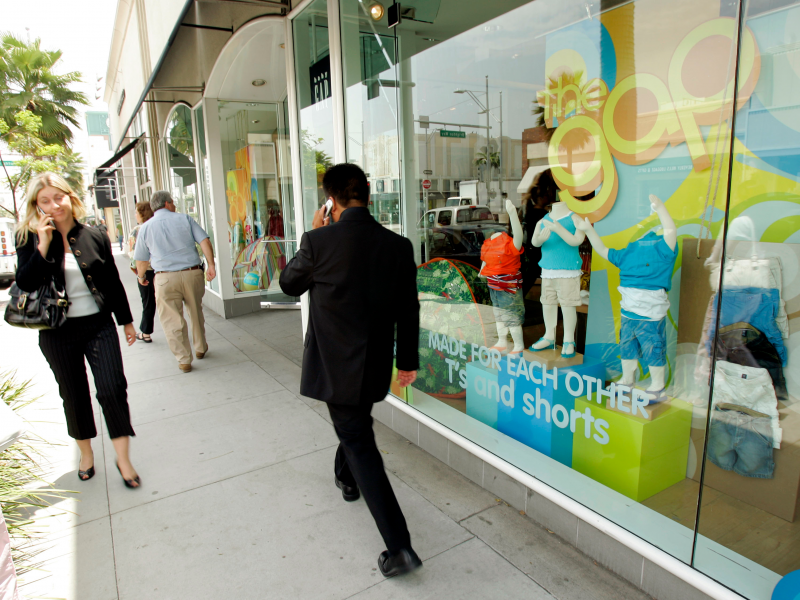
Source: Culture Trip
By 1973, Gap had 25 stores across the United States and expanded to the East Coast.
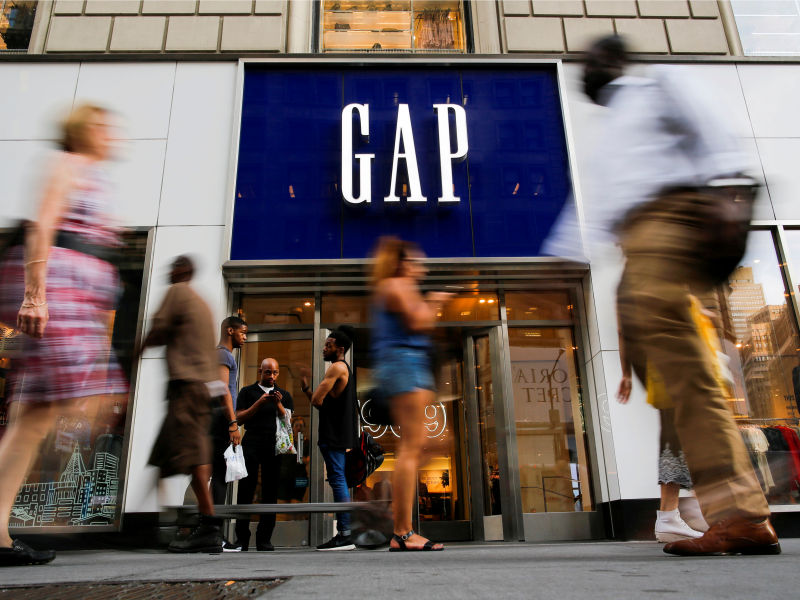
Select stores began selling private-label merchandise, helping to elevate the Gap name.
Source: Culture Trip
The store became synonymous with American classics, like blue jeans and T-shirts.
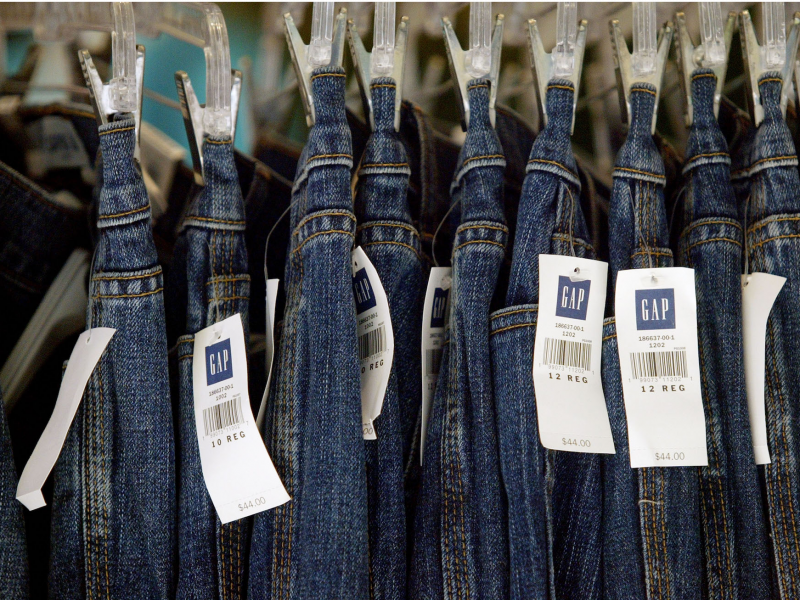
In 1976, Gap officially went public.
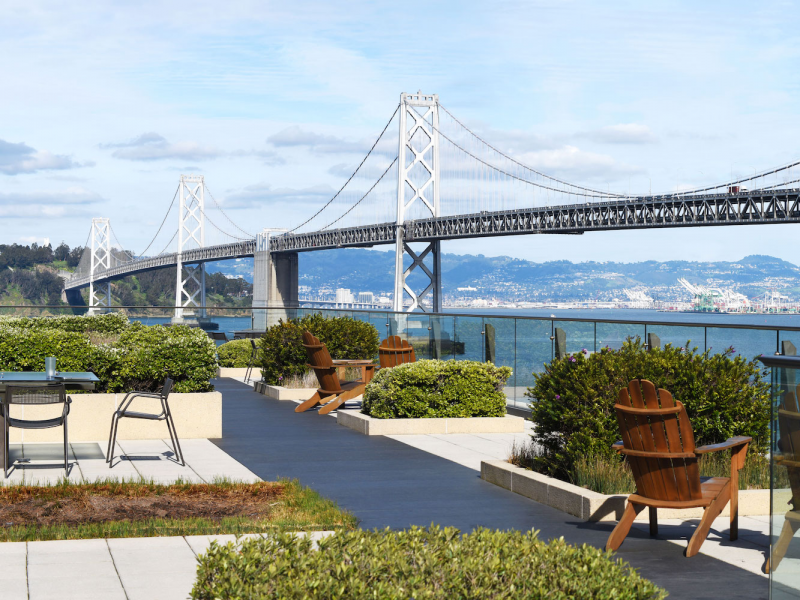
As Gap looked to grow the company, it started to eye acquisitions and developing new brands. In 1983, Gap acquired Banana Republic.
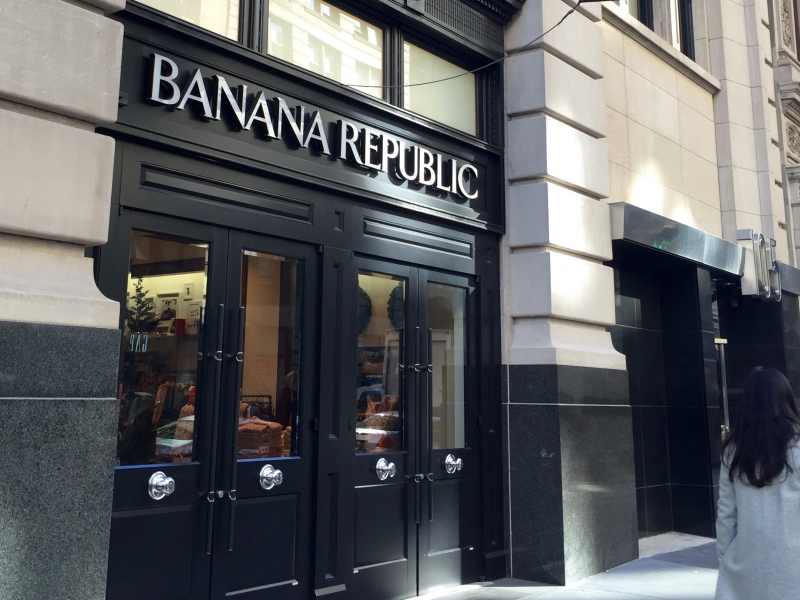
As part of Gap's growth strategy, it also moved into new apparel categories, including children's clothing, leading to the launch of Gap Kids in 1986.

Source: Gap
Later, Gap also opened GapBody for intimates and athletic apparel and BabyGap for baby apparel.

In 1987, Gap officially opened its doors overseas, with its first store in London.
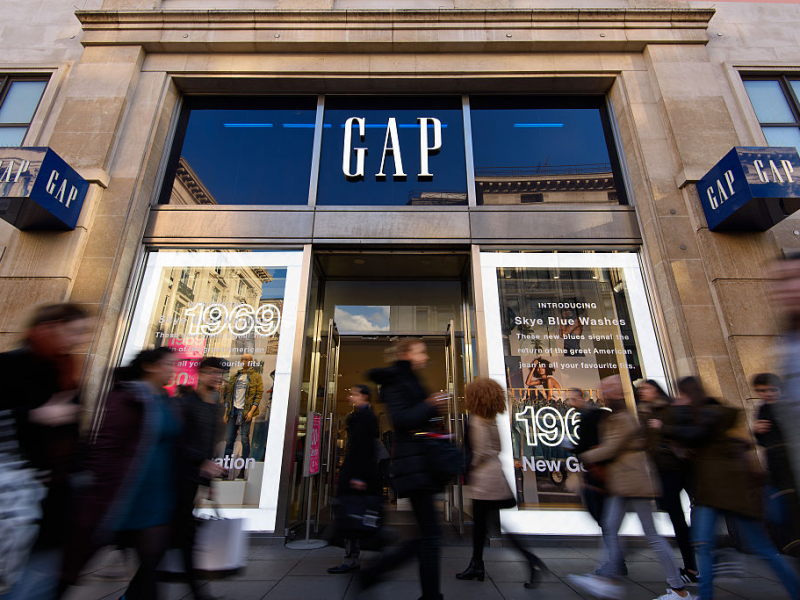
Source: Gap
To help develop a more upscale identity, Gap brought on Millard "Mickey" Drexler as CEO, who oversaw the company for much of the 1990s.

During his tenure, Old Navy was created, initially intended as a lower-priced alternative to Gap when it opened its doors in 1994.
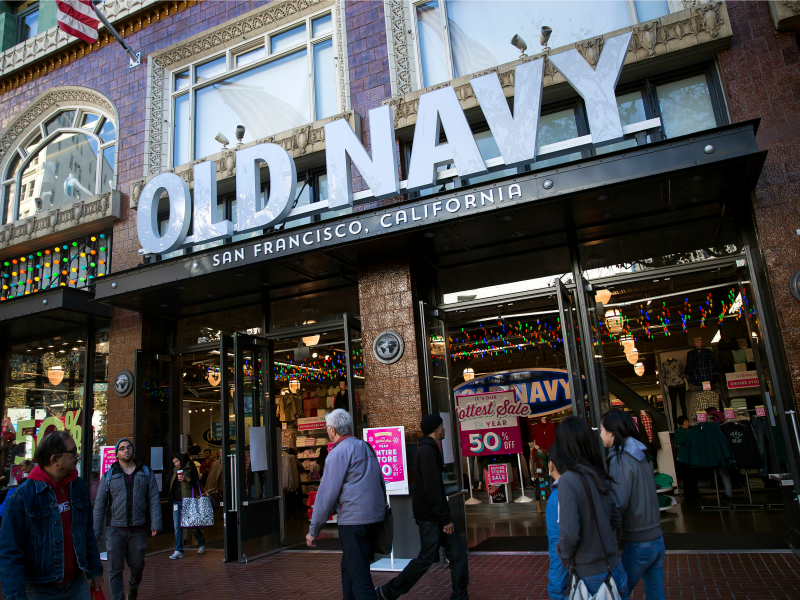
Old Navy quickly became beloved across a wide consumer demographic for its playful designs and fun slices of Americana, like its annual Fourth of July apparel.
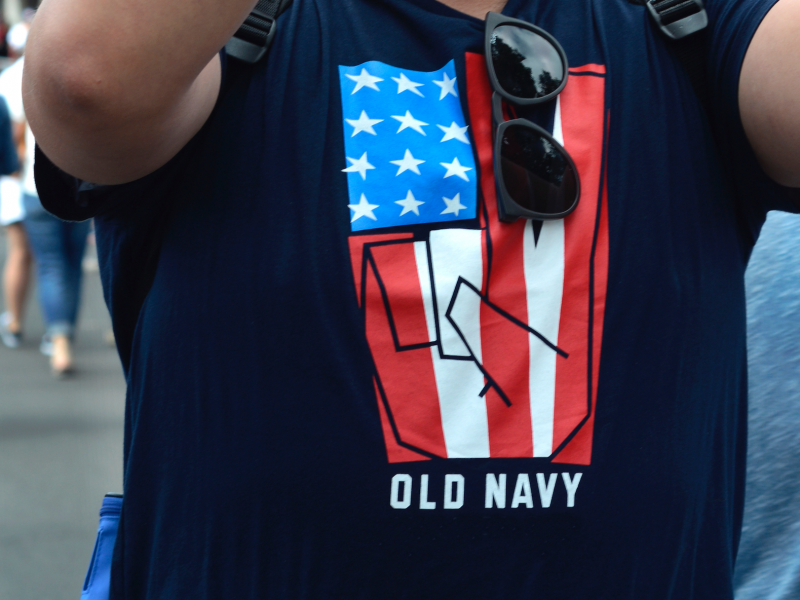
However, after a 29-month period of slumping sales attributed to over-expansion, Drexler was asked to step down in 2002. This was the first sign that Gap's fortunes could turn.
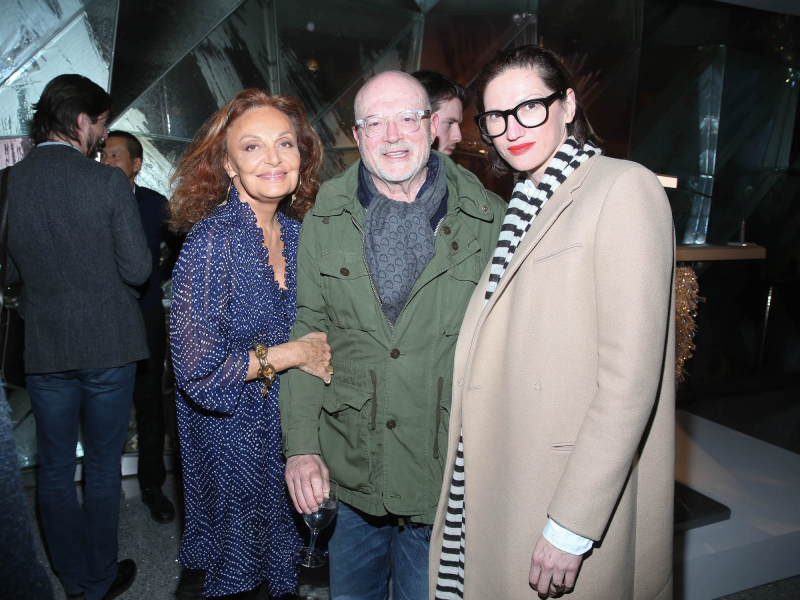
Drexler later went on to become the CEO of J.Crew.
Source: New York Magazine
Though trouble was brewing behind the scenes, the late 1990s and early aughts led to some of Gap's most iconic advertising campaigns.

In 1998, it won several awards for its "Khakis Swing" commercial, and became known for its use of celebrities and whimsy themes.
Source: Gap
Gap began to focus on charitable initiatives and in 2006 it launched its Product (Red) initiative.
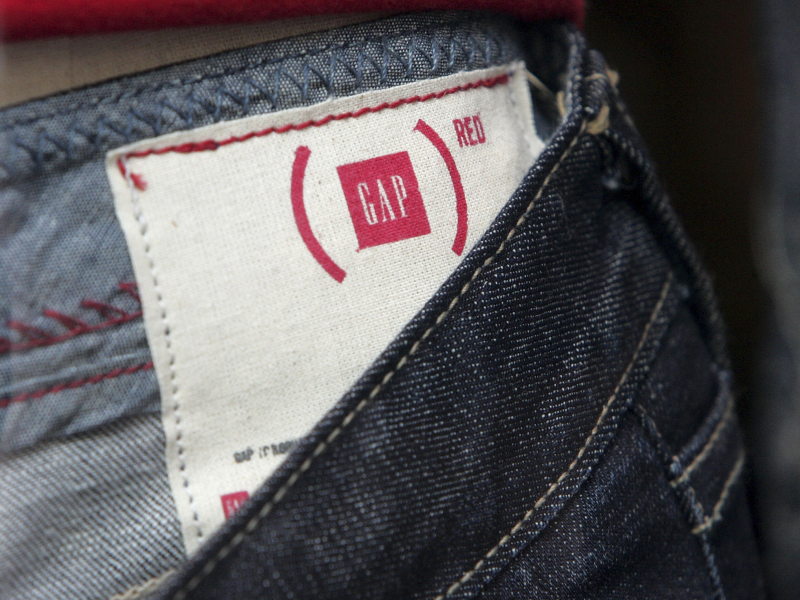
Source: Gap
Also in 2006, Gap was among the retailers implicated in a series of labor rights protests after reports surfaced alleging poor working conditions at factories overseas.
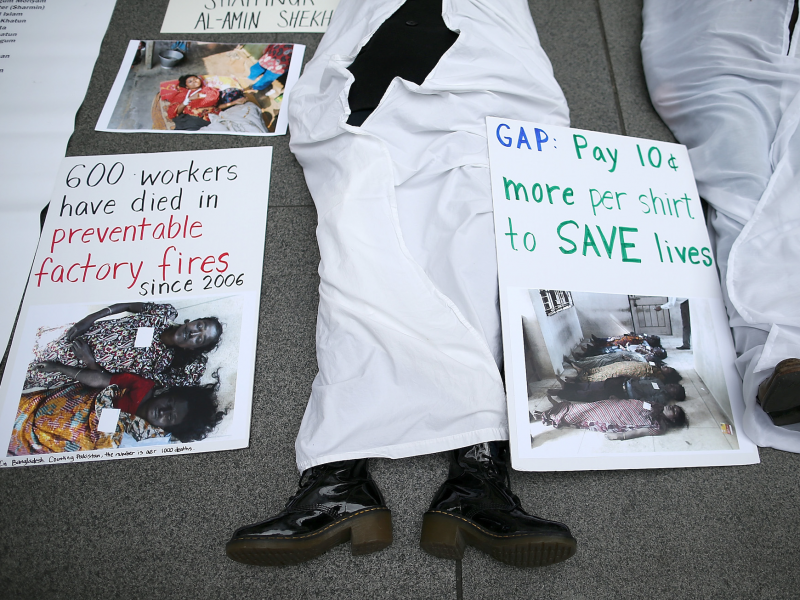
Source: Slate
Looking to the future of retail, Gap embarked on a series of failed experiments including launching Piperlime in 2006.

The online retailer served as an attempt to get ahead of the growing e-commerce space, but was later shuttered in 2015.
In 2007, Gap shuttered its retail concept Forth & Towne after just 18 months. The store was intended for women 35 years and older.
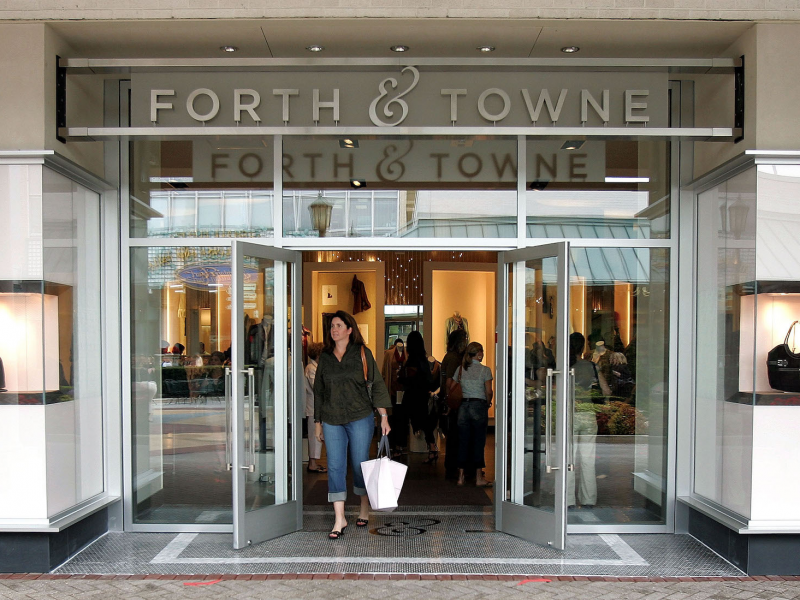
Learning from its mistakes, Gap turned instead to smart acquisitions and purchased Athleta in 2008.
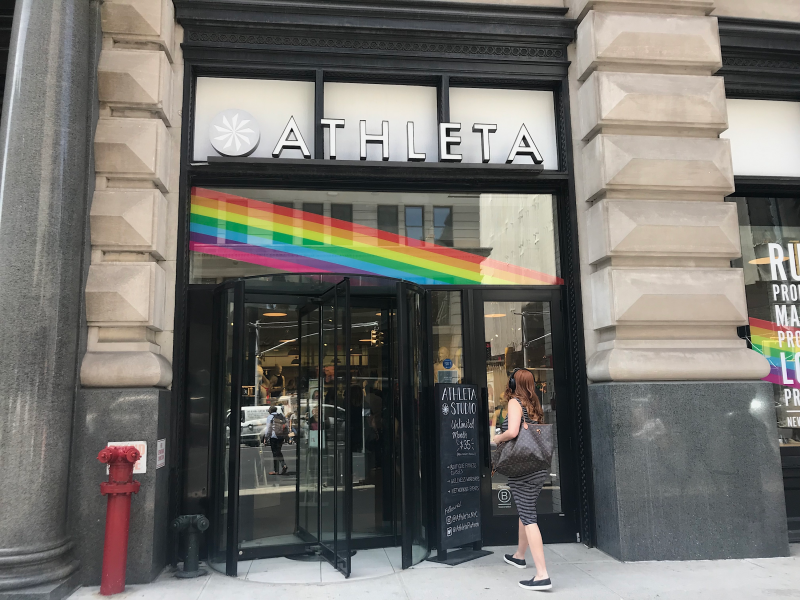
Despite accounting for a relatively small piece of the business, the Athleta brand consistently performs well.
Despite its struggles, Gap still managed to garner buzz during this period, including high-profile moments like a visit from President Barack Obama.
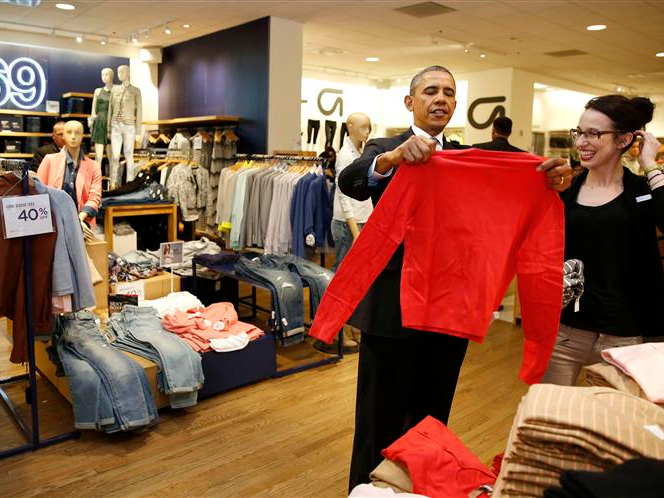
Still, Gap brands began to feel the weight of dwindling foot traffic in malls and the push toward e-commerce. In October 2011, the company announced it would close 189 stores in the US by 2013.
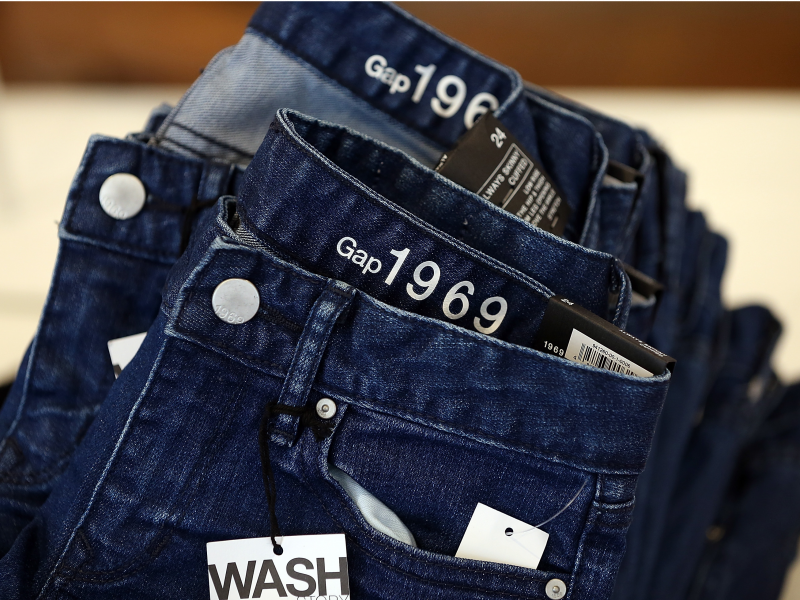
As Gap continued to struggle in the following years, it turned its sights back toward acquisitions and other growth areas.
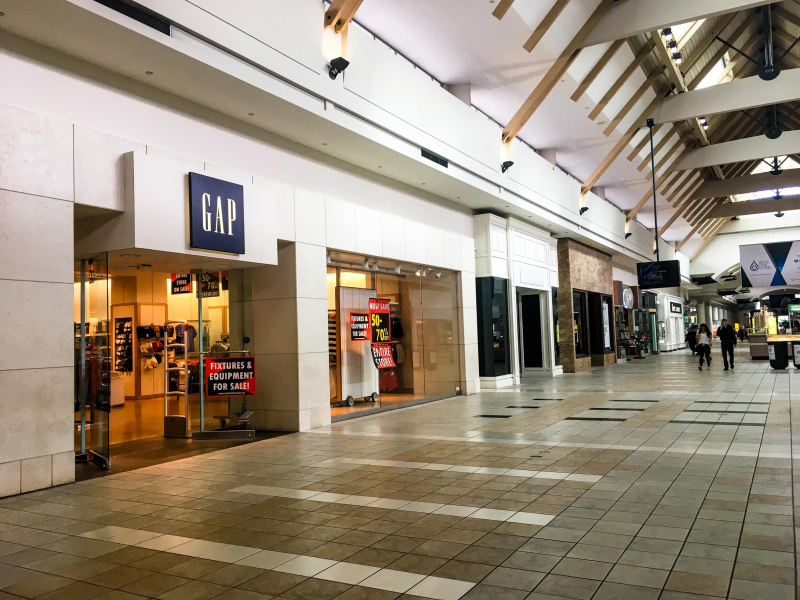
In 2013, Gap acquired the designer clothing company Intermix, adding a hint of luxury to the portfolio.
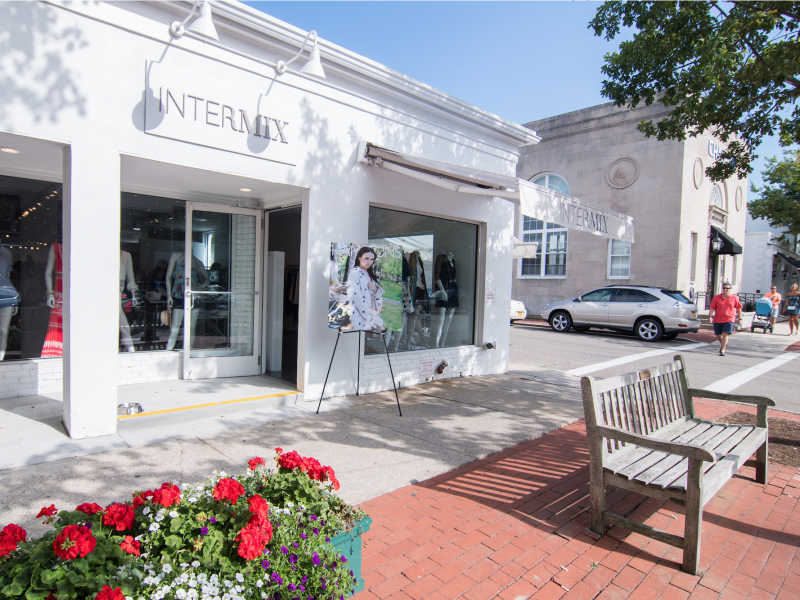
In 2018, Gap looked to capitalize on the growing menswear market by launching its own company, Hill City.
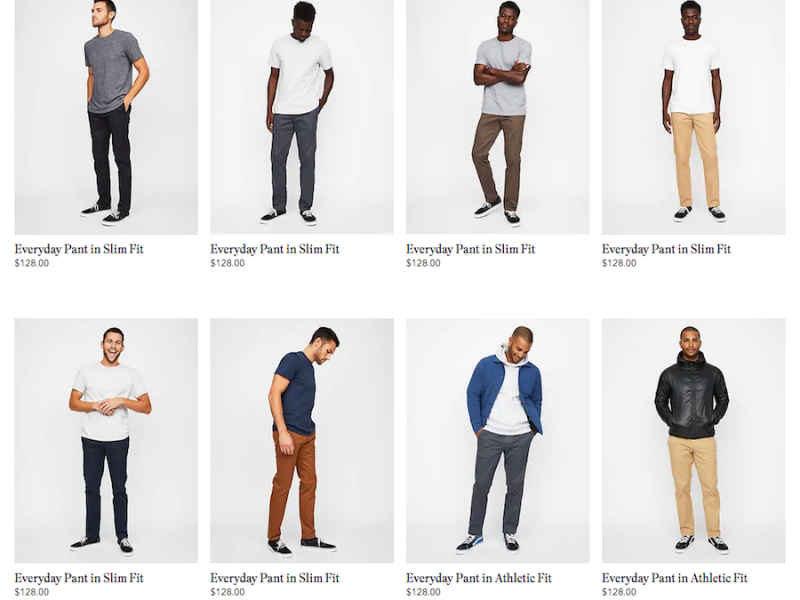
In 2019, Gap acquired the children's wear company Janie & Jack from Gymboree.
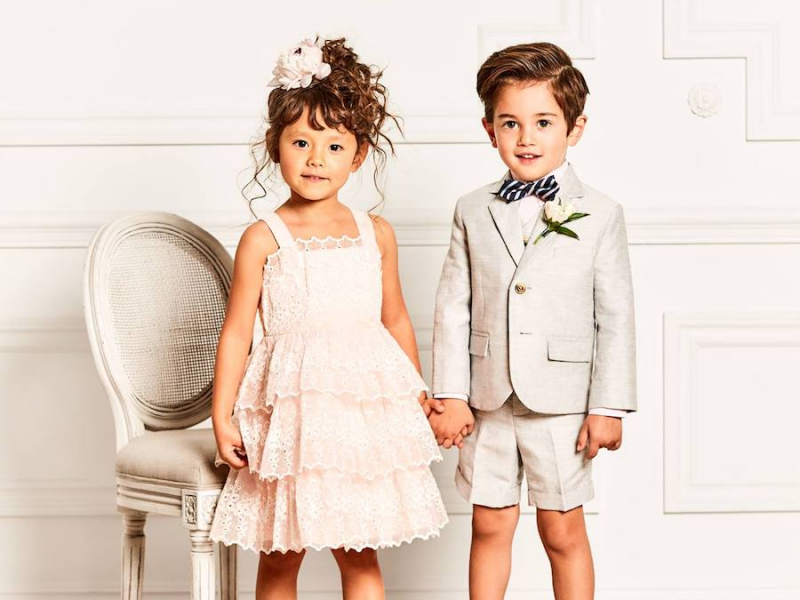
It also experimented with technology, including integrating mobile payments in stores.
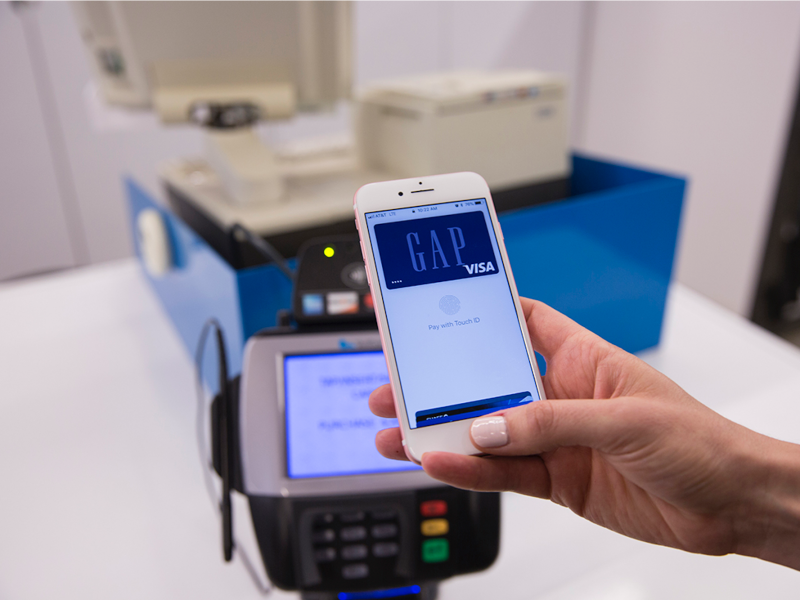
Still, sales continue to suffer and performance at Gap's namesake brand remains especially bleak.

In February 2019, Gap announced that it would spin off Old Navy as an independently run brand.
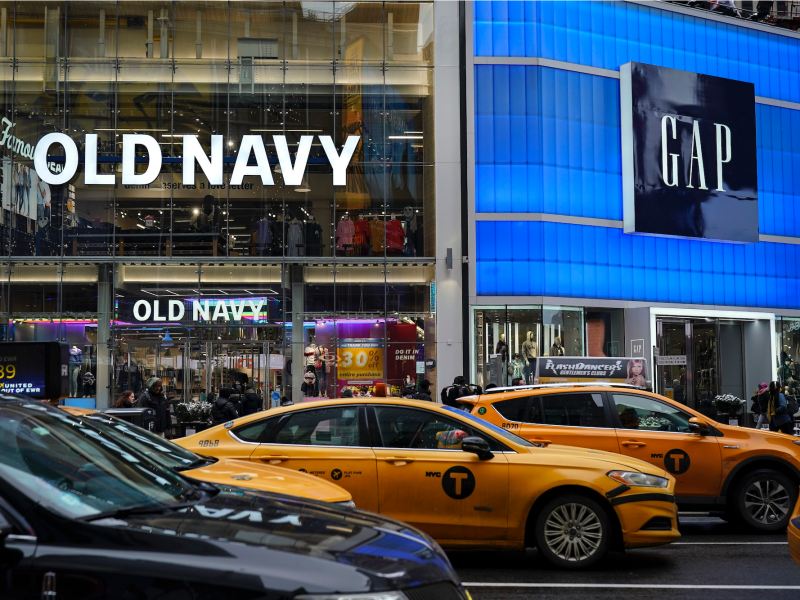
However, just a few months later, the brand posted its first sales decline in three years in the second quarter of 2019, with a subsequent drop in the third quarter.
Source: Business Insider
Adding fuel to the fire, Gap announced CEO Art Peck would be stepping down from the company, effective immediately, in November 2019.
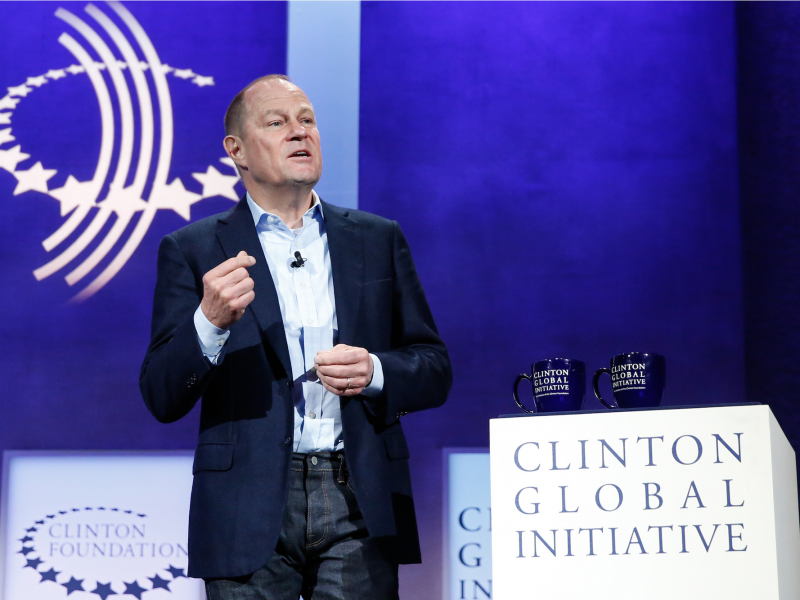
Peck had worked at the company for 15 years and had been CEO since 2015. Board member Robert Fisher is currently acting as interim CEO in Peck's absence. The company did not provide a reason for Peck's departure.
Source: Business Insider
Peck leaving, paired with bleak sales across the brand portfolio, was followed by an immediate drop in the company's stock price.

Source: Markets Insider
As the business continues to slide and its stock price falls, the Fisher family is feeling the heat — the family has reportedly lost $1 billion in 2019.

Source: Forbes
Looking to the future, the fate of beleaguered Gap remains unclear.


